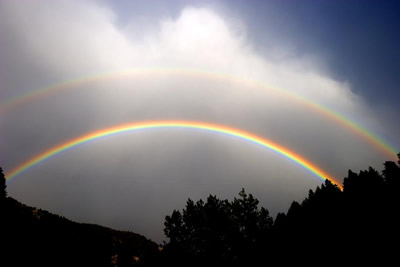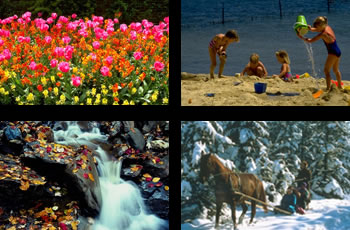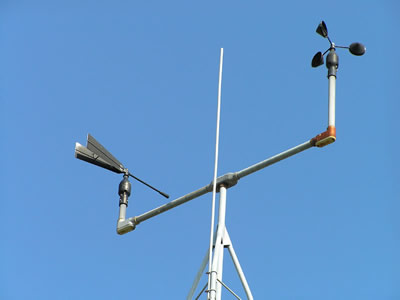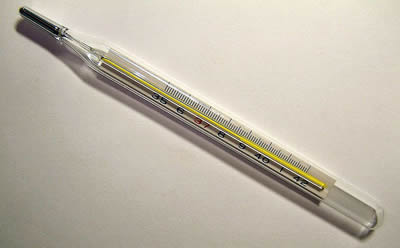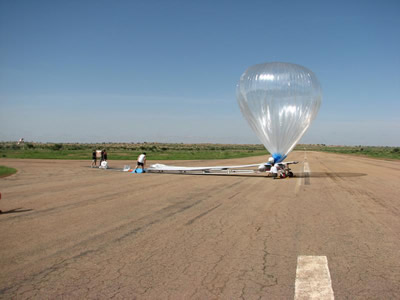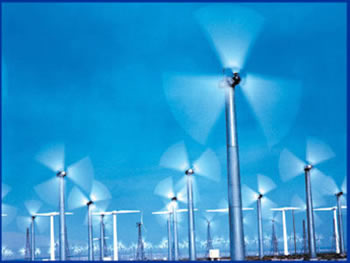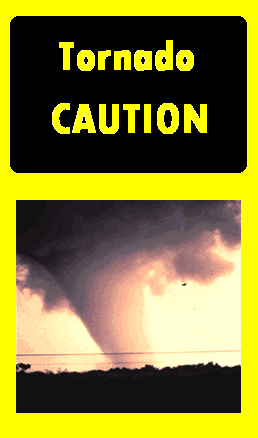
Courtesy of NOAA Photo Library, NOAA Central Library; OAR/ERL/National Severe Storms Laboratory (NSSL), National Weather Service Forecast Office of Paducah, Kentucky, Alicia Pearce, Vanessa Pearce
Tornado Safety
The best way to protect you and your family from being injured or killed from a tornado comes from being prepared and knowing what to do. Before a storm even occurs, individuals and families should be prepared for a tornado.
The first step is to create a plan for when people are at home, work, school, and outdoors. Make sure everyone knows what shelter to go to for every situation. Most shopping malls, sports arenas, office buildings, schools, nursing homes, hospitals, and mobile home communities have a tornado safety plan in place. Next, go through a series of drills to practice the plan. Keep a NOAA Weather Radio with a warning alarm tone and battery back-up in your home so you can receive warnings there. Listen to the forecasts so you can be ready if there is a possible threat of bad weather.
When a tornado warning is issued or threatening weather is near, it is important to know what to do. If you are in a home or a building, move to a pre-designated shelter (basement) and get under a heavy workbench, table, or staircase, or cover yourself in a sleeping bag/mattress. Make sure you know where the heavy objects are on the floor above (pianos, refrigerators, and waterbeds), and make sure that you are not underneath them because they could fall through the floor and injure you.
When a pre-designated shelter or basement is unavailable, go to an interior room (bathroom or closet) or hallway on the lowest floor of the building. Stay away from windows. Make sure everyone is covered with a blanket or a mattress to be protected from debris, and crouch on floor as low as possible, facing down, covering your head. Do not try to outrun a tornado in your car. If you are outside or in a vehicle, then go to a nearby ditch or depression and lie flat if no sturdy buildings are in sight. Do not take shelter under bridges because the tornado can form a wind tunnel under the bridge. A mobile home provides very little protection and should be abandoned.
Keep an eye on the sky especially when bad weather appears to be brewing. Tune into local television stations and your NOAA radio for the most up to date information about tornadoes in your area.






